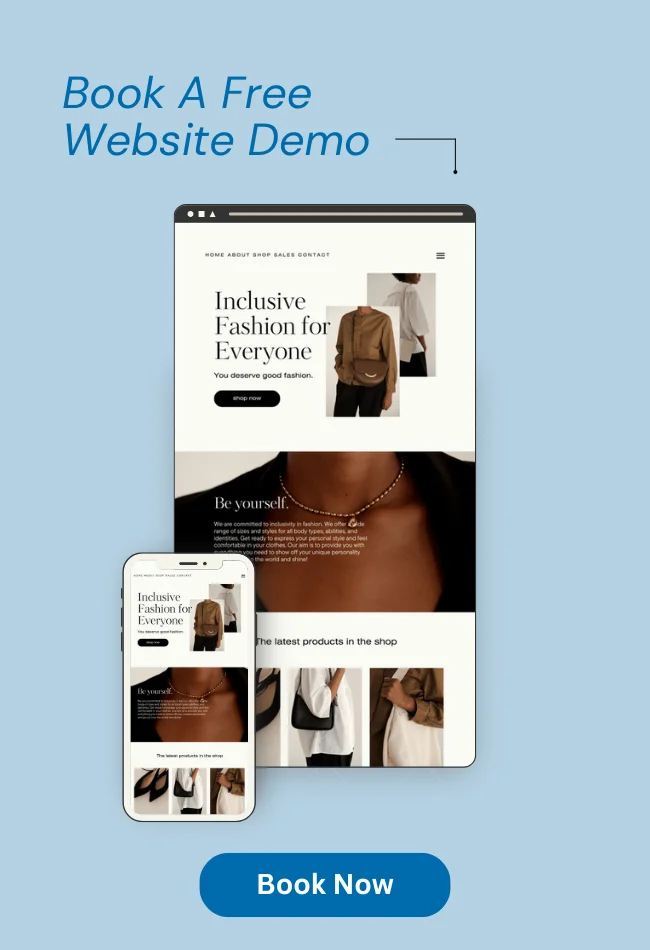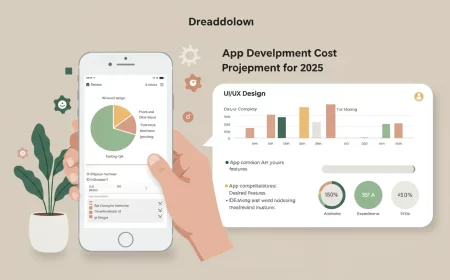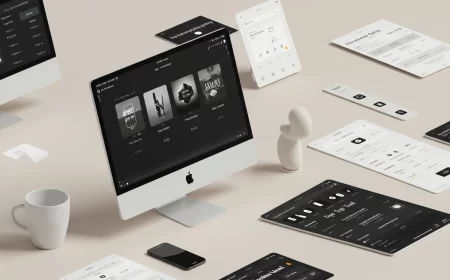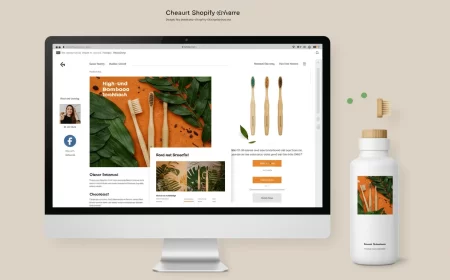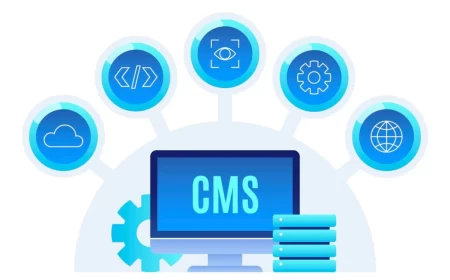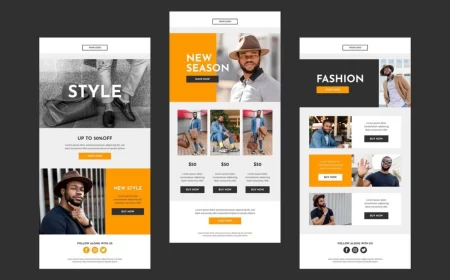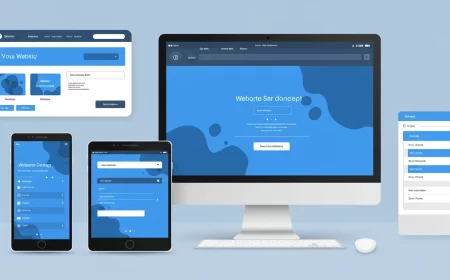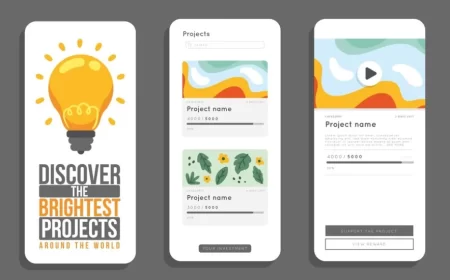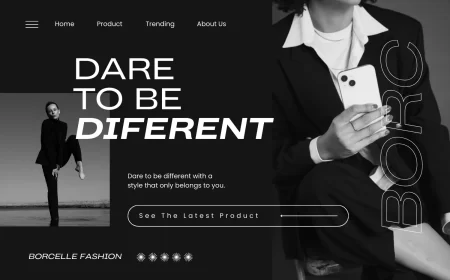The Best Website Redesign Concepts
The Role of a Website in Brand Identity
A well-designed website is more than just a digital storefront; it’s an essential component of a brand’s identity. It showcases values, tells stories, and connects with the audience. Today’s consumers often judge a brand’s credibility based on its online presence. An outdated website can detract from the image you want to project.
Benefits of Regular Website Updates
Regular updates ensure that your content stays relevant and engaging. This not only improves user experience but also affects search engine rankings. A fresh look can breathe new life into your brand and enhance customer engagement.
Assessing User Experience: Why It Matters
Understanding how users interact with your site is crucial. A seamless user experience can lead to increased conversions and customer loyalty. By assessing user behavior, you can make informed decisions on what needs redesigning or improving.
Minimalism: A Clean Approach
Key Features of Minimalist Design
Minimalist design favors simplicity and functionality. Key features include ample white space, a limited color palette, and a focus on essential content. This approach creates a clean and uncluttered look that draws attention to what matters.
User Engagement Through Simplicity
When websites are straightforward, visitors are likelier to engage. A simpler layout reduces cognitive load, allowing users to find information quicker. Clear navigation and focused content can turn casual visitors into loyal customers.
Examples of Successful Minimalist Websites
Brands like Apple and Dropbox exemplify minimalist design. Their websites feature clean lines, organized content, and an emphasis on visuals, making it easy for users to interact and explore.
Responsive Design: Adapting to All Devices
The Necessity of Mobile-Friendly Websites
With increasing mobile usage, having a site that adapts to different screen sizes is vital. A mobile-friendly website improves accessibility and ensures a wider reach, which is essential in today’s digital landscape.
Techniques for Effective Responsive Design
Techniques like fluid grids, flexible images, and media queries help create a responsive design. These strategies ensure a consistent user experience, no matter the device.
Case Studies of Brands with Strong Responsive Features
Companies such as Starbucks and Target have mastered responsive design. Their websites adjust seamlessly to any device, providing users with a great shopping experience whether on a phone, tablet, or computer.
Bold Typography and Visuals
The Impact of Font Choice on User Experience
Typography is not just about choosing a pretty font. It significantly affects how information is perceived. Bold, easy-to-read fonts can improve clarity and make key messages stand out.
Using Images and Graphics to Enhance Messages
Strong visuals can boost engagement and convey brand personality. High-quality images can evoke emotions and enhance comprehension, driving action from users.
Notable Brands That Effectively Use Typography
Brands like Nike and Netflix utilize bold typography effectively. Their choices create an impactful visual hierarchy and guide users through content effortlessly.
Interactive and Engaging Content
The Power of Interactive Elements (Quizzes, Polls, etc.)
Interactive content keeps users engaged and encourages exploration. Quizzes and polls provide a unique way for brands to connect with their audience, gaining insights while offering entertainment.
Using Video Backgrounds for Increased Engagement
Video backgrounds capture attention quickly. They can convey messages in seconds and create an immersive experience that retains users’ interest longer than static content.
Success Stories of Brands Utilizing Interactive Content
Brands like BuzzFeed and Spotify successfully integrate interactive elements. Their content not only entertains but drives user behavior and engagement.
Emphasizing Sustainability and Social Responsibility
Integrating Eco-friendly Practices in Web Design
Sustainable web design practices can include using energy-efficient hosting and minimizing resource use. These choices reflect a brand’s commitment to the planet.
Communicating Brand Values Through Design Choices
Your website should communicate your brand values, including eco-friendliness and social responsibility. Thoughtful design choices can express these values visually, building trust with your audience.
Brands That Showcase Sustainability on Their Websites
Companies like Patagonia and TOMS effectively showcase their commitment to sustainability through their web design and content, turning their values into a core part of their online identity.
Personalization and User-Centric Experiences
Understanding the Importance of Customized User Journeys
Personalizing user experiences can significantly impact engagement rates. Customized paths ensure that users feel seen and valued, ultimately leading to better conversion rates.
Tools and Technologies for Personalization
Utilizing tools like cookies and user behavior tracking, brands can tailor the experience based on past interactions. This technology can create a more relevant and enjoyable user experience.
Real-World Applications of Personalized Web Experiences
Netflix and Amazon excel at personalization, recommending content and products based on previous behavior, thus creating a unique journey for each user.
Enhanced Accessibility Features
Why Accessibility Should Be a Design Priority
Prioritizing accessibility ensures that all users, including those with disabilities, can navigate your site without barriers. This opens up your brand to a broader audience and enhances credibility.
Key Components of an Accessible Website
Implementing alt text for images, proper heading structures, and keyboard navigation are just a few simple steps to improve accessibility on your website.
Brands Setting a Standard in Web Accessibility
Brands like Microsoft and Apple lead the way in accessibility. Their dedication to inclusive design reflects a commitment to all users, showcasing how effective accessibility can enhance brand reputation.
Utilizing Data-Driven Design Decisions
Analyzing User Data for Informed Design Choices
User data can highlight strengths and weaknesses in your design, allowing for informed decisions. By understanding user behavior, brands can continually improve their user experience.
A/B Testing: Determining What Works Best
A/B testing allows brands to experiment with different designs to see what resonates with users. This data-driven approach can enhance engagement and improvement over time.
Examples of Brands Using Data to Redesign Their Websites
Companies like Booking.com thrive on A/B testing, using user data to refine their user interface continually. This process ensures they meet user needs effectively.
Integration of Social Proof and User Reviews
The Importance of Trust Signals on Websites
Showcasing customer reviews and testimonials can improve trust. Users tend to rely on peer recommendations more than brand messaging, making social proof essential in the decision-making process.
Best Practices for Displaying Customer Testimonials
Highlighting reviews prominently and using authentic content helps create a connection. Reviews should be easy to find and presented positively.
Brands Who Shine with Strong Social Proof
Brands like Yelp and TripAdvisor utilize social proof effectively, encouraging users to trust their platforms through user-generated content and reviews.
Future Trends in Web Development
Anticipating Technology Advancements
Keeping an eye on technological advancements can set your brand apart. Embracing new tools and features ensures that your website remains relevant in a fast-paced digital landscape.
The Rise of Voice User Interface (VUI)
Voice search is on the rise. Optimizing your content for voice search is essential to reach users who prefer hands-free interactions.
Preparing for the Metaverse: What Brands Should Know
As the metaverse develops, brands should think about how their web presence will fit into this new environment. Being proactive can help ensure they remain at the forefront of digital trends.
Budgeting and Planning for a Redesign
Establishing Objectives and Key Performance Indicators
Clear objectives and KPIs help guide your redesign process. Knowing what you want to achieve ensures that every aspect aligns with your goals.
Cost Factors in Website Redesign Projects
Costs can vary based on the scope of work, tools used, and whether you employ contractors or in-house teams. Understanding these factors will help you budget appropriately.
Hiring Professionals vs. In-House Redesign
Deciding between hiring professionals or managing the redesign internally depends on your team’s expertise, budget, and project complexity. Each option has its pros and cons.
Conclusion
Website redesign is not just about aesthetics; it’s about improving user experience, building brand identity, and staying competitive. By embracing these trends and concepts in 2025, brands can enhance their online presence effectively and connect with their audience in meaningful ways.
FAQs
What is the importance of a website redesign?
A website redesign enhances user experience, reflects brand identity, and keeps content fresh and engaging.
How often should a brand consider redesigning its website?
It’s advisable to reassess your website every 2-3 years, but signs of user disengagement or outdated content may necessitate more frequent updates.
What are the costs associated with website redesigns?
Costs can vary widely based on project scope, design complexity, and whether freelancers or agencies are involved. Setting a budget and outlining your objectives can help you manage expenses.
How can brands measure the success of their website redesign?
Success can be measured through increased traffic, improved user engagement, higher conversion rates, and positive feedback from users.
What are some tools for effective website redesign?
Tools like Google Analytics, Figma, and Sketch can facilitate the redesign process, aiding with data analysis, mockups, and user testing.


